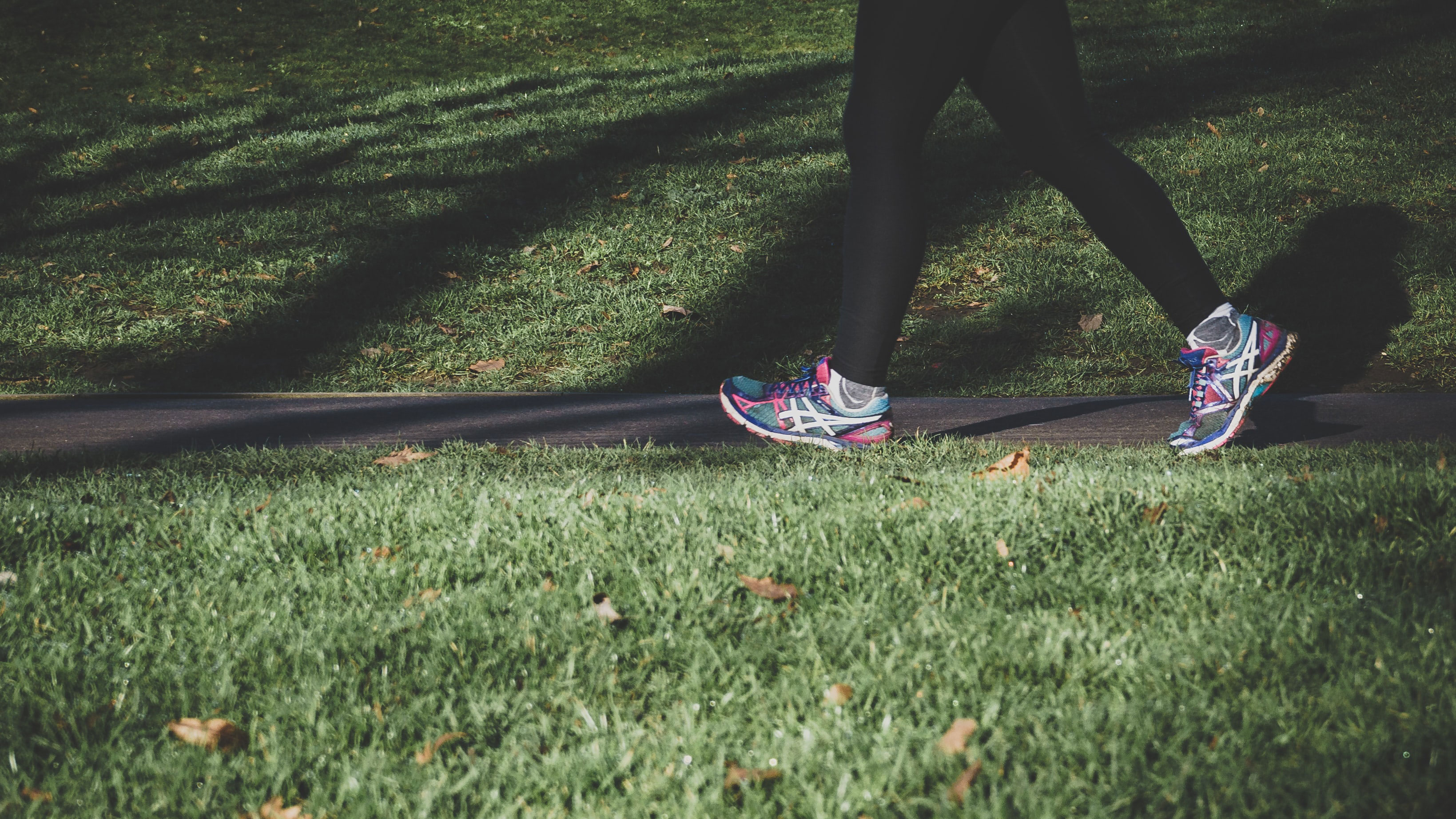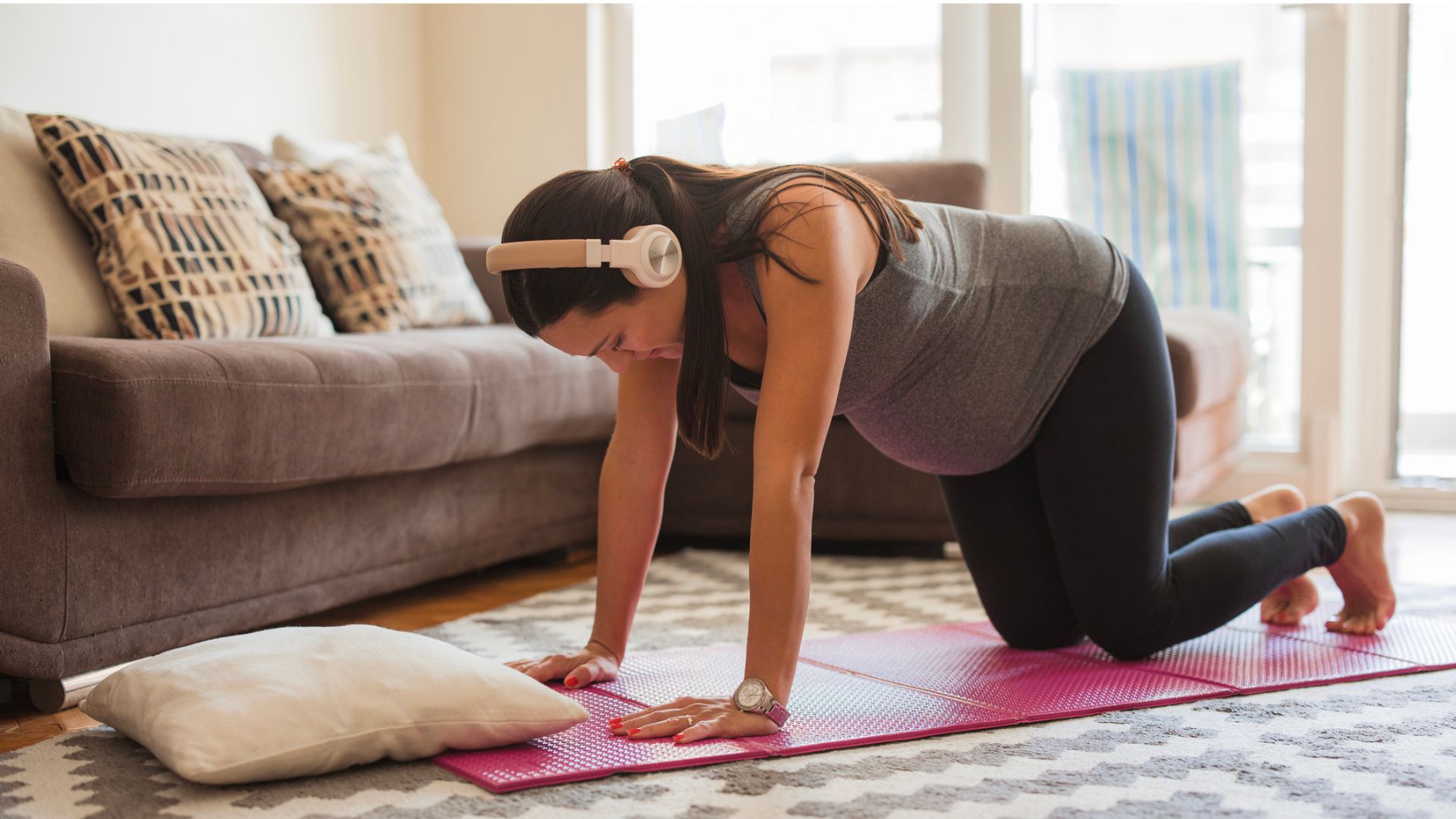Walking for exercise: One big reason to up the pace
It’s the simplest form of exercise you can do, but power-walking for fitness has huge benefits


Walking is one of the easiest ways to kick-start a weight loss or an exercise programme. It’s absolutely free and there’s a very low barrier to entry: all you need is a comfortable set of clothes and a pair of old trainers to get you started.
However, most people think of a leisurely stroll when they consider going for a walk, but picking up the pace a little and power-walking can add years to your life according to new research.
- Get started walking to lose weight
- Track your progress with our best Fitbit deals
- The best shoes for walking: ultimate comfort and support
The research from Cambridge University, published in the journal Nature Medicine, looked to examine the relationship between all-cause mortality and physical exercise. Monitoring the fitness tracker data of 96,476 UK participants, the study found over three years, higher energy expenditure was linked with a lower risk of death.
So far, it’s not rocket science – if you move around and do more exercise, you’re more likely to live longer. However, the fitness tracker information goes into considerably more detail. The intensity of your exercise matters just as much as the regularity of it.
If you go for a leisurely 35-minute stroll on a regular basis, you could reduce your risk of early death by a huge 21% by adding a two-minute burst of vigorous power-walking onto the end of your stroll. Power-walking for just seven minutes per day, instead of slowly walking for 12, can cut your risk of early death by up to 30%.

Thanks to the data analysed from almost 100,000 participants, we can see a few easy tweaks we can make to our exercise programmes. Short, regular bursts of intense exercise, whether that comes in the form of a HIIT session or just a faster, shorter walk, can protect your heart health and contribute to weight loss.
The science adds up. Looking away from the Cambridge University study, intense training helps weight loss by revving up our metabolism, encouraging us to burn more fat while at rest.
Get the Fit&Well Newsletter
Start your week with achievable workout ideas, health tips and wellbeing advice in your inbox.
An article in the British Journal of Sports Medicine found high intensity training “results in significant, positive, physiological adaptations that improve cardiometabolic health”. HIIT was also found to reduce the risk of dying early as a result of being overweight and having low aerobic fitness.
Liked this?
Matt Evans is an experienced health and fitness journalist and is currently Fitness and Wellbeing Editor at TechRadar, covering all things exercise and nutrition on Fit&Well's tech-focused sister site. Matt originally discovered exercise through martial arts: he holds a black belt in Karate and remains a keen runner, gym-goer, and infrequent yogi. His top fitness tip? Stretch.
-
 I’m a personal trainer and I love this plank variation for building core strength and reducing back pain
I’m a personal trainer and I love this plank variation for building core strength and reducing back painThis one move could help you get a stronger core
By Maddy Biddulph
-
 Put down the protein shake—this high-protein chicken and rice recipe is a better way to refuel after a workout
Put down the protein shake—this high-protein chicken and rice recipe is a better way to refuel after a workoutAnd it only takes 10 minutes to make
By Lou Mudge